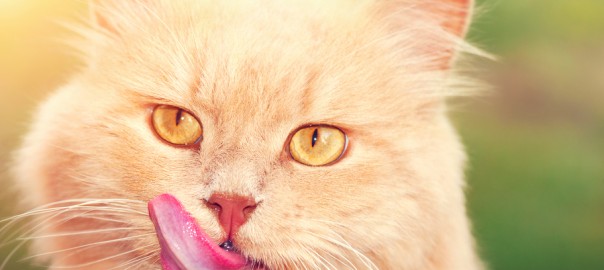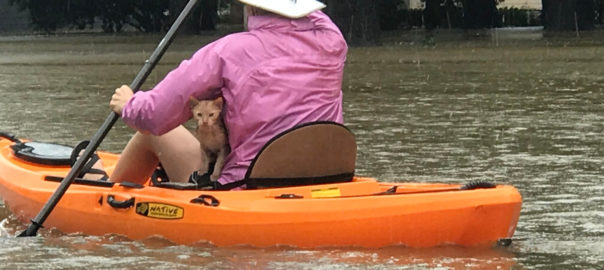Some dogs will eat anything, but it’s the rare dog who can turn down the tasty treat that is cat food. A reader asked me if that’s okay.
Q: My 9-year-old cat was recently diagnosed with hyperthyroidism and needs to eat a special canned food twice a day. When that food comes out, my dog comes running from anywhere in the house and goes crazy. When the cat is done eating, we allow the dog to lick the leftovers in the cat’s bowl. I’ve read that cat food is too high in protein for dogs, and I’d like to know how much of this cat food is too much for my dog’s health. He is a 1-year-old healthy Cavalier King Charles spaniel.
A: It’s no surprise that your dog is attracted by your cat’s new diet. As you know, cat food is higher in protein than dog food, and it’s stinky, which appeals to both felines and canines. And Cavaliers tend to be chowhounds anyway. With few exceptions, they will eat about anything.
As long as your dog is getting only a small lick or two after each meal, he’s probably not at risk from his daily cat food snack. Ill effects, such as vomiting or diarrhea, are warning signs, though, that the cat food he loves doesn’t love him back. If you notice your dog upchucks or has loose stools frequently after his cat food capers, it’s time to put the kibosh on his cat food habit.
Another possible side effect is obesity. Cavaliers gain weight easily. If your dog puts on the pounds from his dining addiction, it’s time to cut back on his snack. But if it’s not a major part of his diet, you’re not seeing vomiting or diarrhea, and you’re doing a good job of monitoring his weight and giving him plenty of exercise, it’s probably fine to let him continue sharing small amounts of your cat’s leftovers.
Read more, including tips for disaster preparedness for pet owners, in this week’s Pet Connection!




